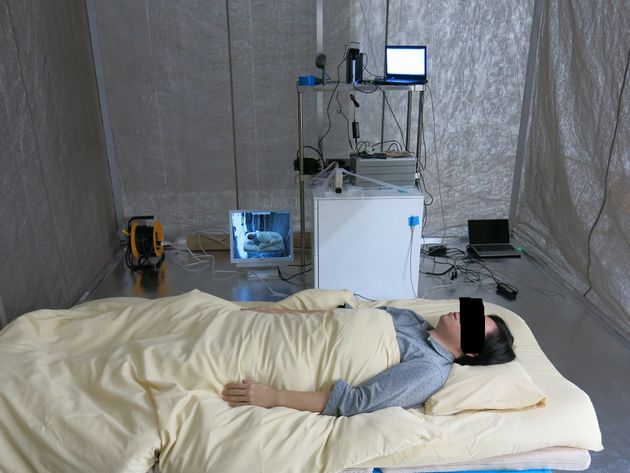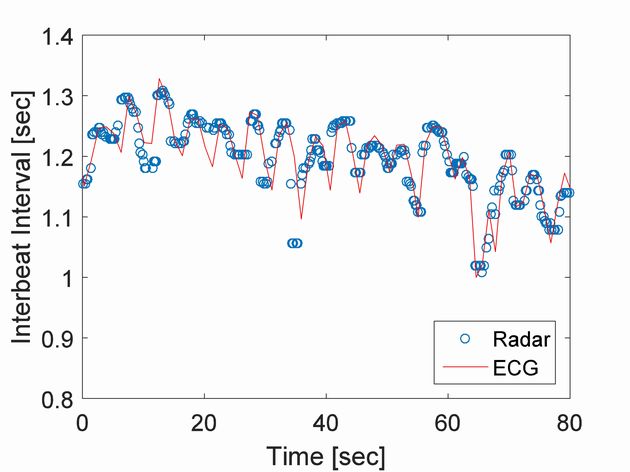Japan-Netherlands joint development of sleep monitoring technology using ultra-wideband radar
Project Gist
Remote monitoring of sleep using electromagnetic wave
Keywords
sleep, radar, ultra-wideband
Background and Purpose
We humans spend two thirds of our lifetime for sleeping on average, which seems to be a waste of time. However, sleep is indispensable for improving the quality of our whole life. Improving sleep quality is crucial in preventing various diseases as well as maintaining physical and mental functionality, for which monitoring sleep over a long period is necessary. The purpose of our project is to develop a technology for remotely monitoring the limb motion, respiration and heartbeat of a person using an ultra-wideband radar. The developed technology allows us to record the quality of sleep accurately without any device attached to the person under test.
Project Achievements
We developed a technology for measuring the limb motion, respiration and heartbeat of a sleeping person remotely and accurately using a radar system. The measurement requires the detection of a minute displacement of a human skin surface using the phase shift of the echo signals reflected by the target person. To demonstrate the effectiveness of the proposed method and system, we performed overnight measurements of multiple participants over ten hours, while the participants were asleep occasionally. We successfully achieved an accurate detection of the participants’ respiration, heartbeat and motion, which is an important and fundamental technology for a noncontact measurement of sleep quality.
Future Prospects
We intend to develop an even more advanced technology for monitoring sleep quality using electromagnetic wave. First, we are planning to introduce array antennas so that the beam pattern can be adaptively steered to track the person of interest, whilst suppressing the other undesired echoes in a multi-person scenario. Next, we will combine the multiple types of information of the person (motion, respiration and heartbeat) so that we can obtain a medically relevant index. For this, it is necessary to perform a multi-disciplinary study of electromagnetics, medicine, and computer science.
Figure


Principal Investigator

・SATO Toru
・Graduate School of Informatics
・Toru Sato received his B.E., M.E., and Ph.D. degrees in electrical engineering from Kyoto University, Kyoto, Japan in 1976, 1978, and 1982, respectively. He has been with Kyoto University since 1983 and is currently a Professor in the Department of Communications and Computer Engineering, Graduate School of Informatics. His research interests include system design and signal processing aspects of UWB radars, atmospheric radars, radar remote sensing of the atmosphere, and biomedical imaging. Prof. Sato is a fellow of the Institute of Electronics, Information, and Communication Engineers of Japan, and a member of the Institute of Electrical and Electronics Engineers.
・http://www.asp.cce.i.kyoto-u.ac.jp/~tsato/
